School History Trip To Beijing & Xian
Follow the opulent imperial sites on your history trip to Beijing and Xian, epicentres of early Chinese civilisation.
We’ll organise an itinerary to reach your learning outcomes with a tangible experience for you and your students!
Highlights
The cultural landmark of Tiananmen Square
The breathtaking Forbidden City palace complex
The epic majesty of the Great Wall of China
The mighty, unearthed army of Terracotta Warriors
Warwick SchoolThank you so much to all at Travelbound for making the trip such a very great success. The itinerary was incredible and the organisation the best that I have ever known on a school trip.
Suggested itinerary
What's included*
*Visa costs not typically included in price
Recommended excursions
It was here on October 1st 1949 that Chairman Mao Tse-Tung announced the founding of the People’s Republic of China to the world. Built during the Ming Dynasty the square is named after Tiananmen Gate, which lies to the north. It’s the third largest of its kind in the world and a significant cultural landmark with the People’s Heroes monument in the centre.
This palace lies at the heart of Beijing and was the home of the emperors for over 500 years. Completed in 1420, it is the biggest palace complex in the world covering 74 hectares. Surrounded by a 52m-wide moat, it’s an adventure to explore the labyrinth of rooms, halls and gardens with magnificent decoration and rare curiosities throughout.
Situated just outside Beijing, the Summer Palace is the grandest and most well preserved park in China. Construction began in 1750 on these luxury gardens for the royal family, and gradually they have been developed into the magnificent expanse of lawns, streams, bridges, secret gardens and pavilions scattered across the shores of the Kunming Lake.
Considered to be one of the wonders of the world, the Great Wall today was built in Ming Dynasty and is over 6,000 km long. An amazing feat of defensive architecture, intended to protect the Chinese Empire from invaders, it winds a path over rugged country and steep mountains. Sections within easy reach of Beijing have been restored so that visitors can walk on the wall and see the watch towers.
Once used by emperors in the heaven worship ceremony, the temple park in Beijing is now one of the grandest examples of China’s sacrificial buildings. First built in 1420, the temple has been enlarged and rebuilt by both the Ming and Qing dynasties. At the heart of the Temple is the Hall of Prayer for good harvest, where the Emperor requested good harvests in his divine capacity as the son of heaven.
Xian is one of the oldest cities in China and was the starting point of the famous Silk Road. The city walls are flanked by a deep moat and are the largest example of ancient military defences in the world. Our tour takes in the Big Wild Goose Pagoda in the south, and the Hui Muslim Quarter in the north where students get a sense of Xian’s cosmopolitan vibe.
Visit this marvellous exhibition of treasures from an archaeological dig that began in 1974 near the tomb of Emperor Qin Shi Huang. During his reign (246-221BC) an army of nearly 7,000 warriors was made and then buried in pits to guard the emperor in the afterlife.
Tip: Each statue has individually carved features and represents the ancient imperial guard uniform.
Chinese painting is one of the oldest continuous artistic traditions in the world. The materials used, brush and ink on paper and silk, have determined its character and development over thousands of years. Derived from calligraphy, it is essentially a linear art, employing brushwork to evoke images and feelings. Chinese painting focuses on total concentration in the act of the very moment, and harmony between man and nature. Chinese paintings do not attempt to capture the actual physical appearance of a subject, but rather its essential nature or character. Learn from a local art master during a painting lesson and create your own piece of artwork! Available in Xian.
Chinese paper cutting uses scissors or knives to cut paper for decoration or other folk activities. Chinese paper cutting was enlisted into the first group of National Intangible Cultural Heritage in 2006 and UNESCO Intangible Cultural Heritage in 2009. Make your own piece of work during a paper-cutting lesson. Available in Xian.
Located at the northern foot of Mount Lishan, Huaqing Pool is famous for its beautiful spring landscape and rich history rooted in the Tang Dynasty. The network of plunge and bathing pools with ancient ruins is an exciting way to learn about Chinese spa history.
Tip: The water of the Guifei Pool is known to be mineral rich and has a therapeutic effect on the skin.
The Legend of Kung Fu tells the story of how the famous martial art originated, with a young monk on the path to enlightenment and the trials he encounters on the way. Fusing modern dance with traditional Chinese arts, it has an important message told through spectacular performances of Kung Fu and acrobatics, making it easy to follow the plot.
Kung Fu is an ancient shaolin martial art and one of China’s greatest cultural exports. Students really enjoy this activity because it blends an exciting new skill with a history of the famous practice. All the instructors are highly trained and tailor the lesson to all ages and abilities, ensuring everyone can get the most out of the class.
Acrobatic art is a traditional Chinese performing art rooted in Chinese culture and dating back to 475-221BC. The ancient acrobatics reflected the lives of the Chinese people and today, all provinces of China have their own acrobatic troupes. Acts such as group gymnastics, meteor juggling and tight rope feats make for a spectacular show for the students.


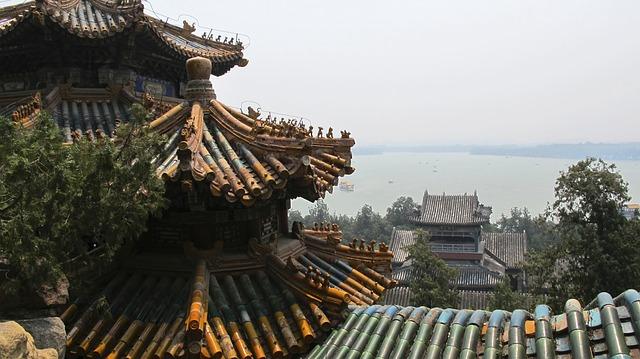



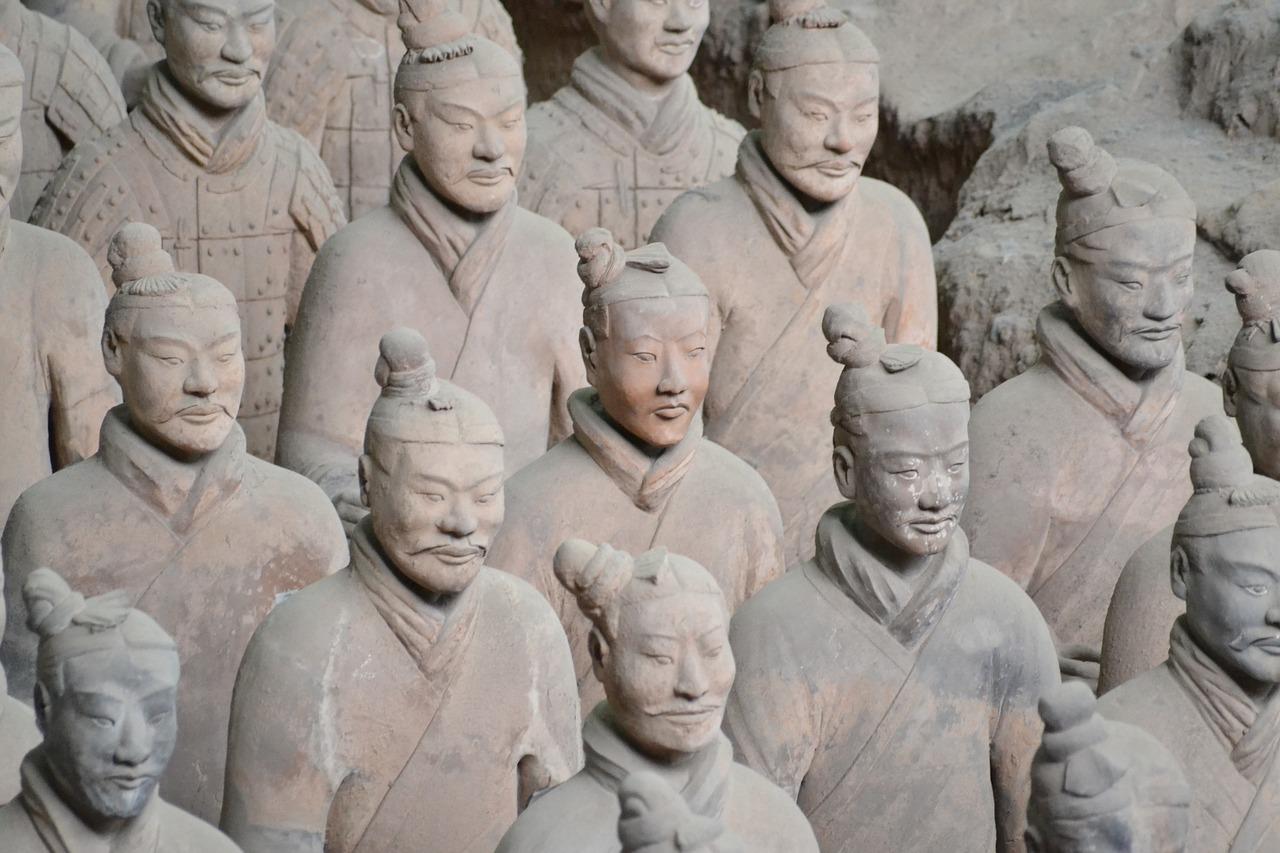
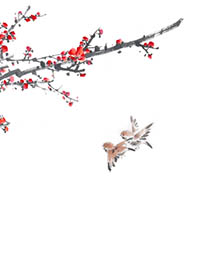


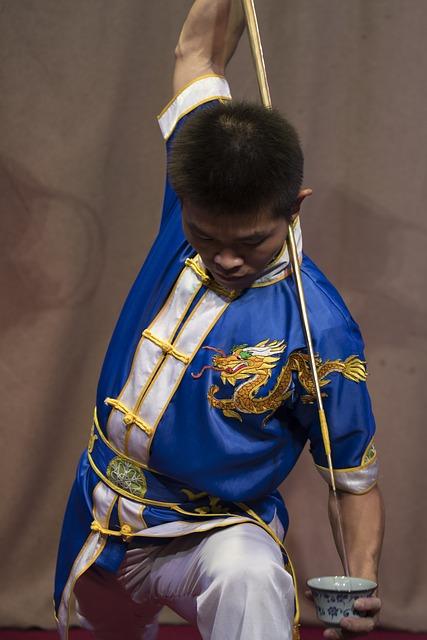

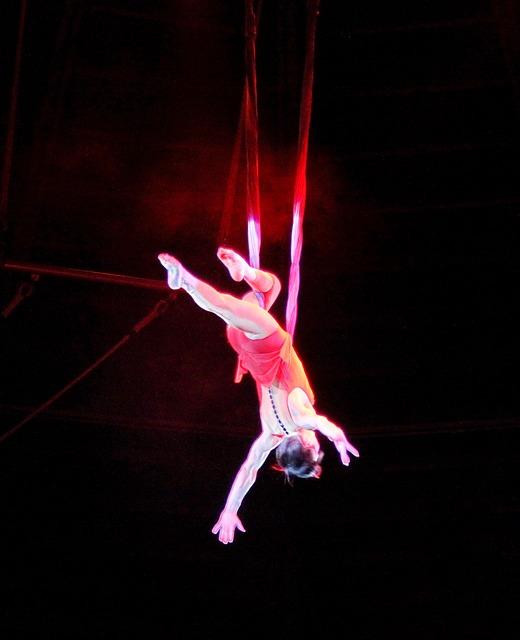
Typical accommodation

Why groups like it:
Facilities:
Learning outcomes
Subject focus
Students can:
- Understand the rise of communism in China, its development and its influence today
- Explore changes and continuities between imperial and communist China
- Reflect on the influence of the past on modern life – the streets, sites and art tell the story of this city and its people through history
- Think about historical events in China and the influence they’ve had on the rest of the world
Student outcomes
Students will have an opportunity to:
- View a huge of sites and monuments documenting and celebrating China’s history
- Learn how monuments’ meanings change over time in the light of changing attitudes and events
- Understand the importance of the fall of the empire and the Chinese revolution, and their effect on the rest of the world
- Gain awareness of 20th-century history, the downfall of the emperor, the impact of World War II and the effects of communism
Related tours
Berlin has been at the centre of many key events in modern European History: WWII, The Cold War, the Fall of Communism and the reunification of Germany.
On a school History trip to Berlin, students can visit Berlin’s key historical sites that relate your teaching to subject-specific learning objectives such as WWII history and Cold War studies.
Your school History trip to Berlin will help your pupils develop an understanding of post-war Berlin and the context of the Cold War. They’ll get first-hand experience of the impact that the division of the city had and a deeper understanding of tensions that escalated between the East and West superpowers leading to the Cold War period.
Our excursions will touch upon historical concepts such as socialism, communism, ideology, propaganda and international conflict.
Connecting with history
With emblematic monuments such as the Berlin Wall Memorial, Checkpoint Charlie and the Tränenpalast, students can:
- analyse how heightened tensions between USSR and USA powers translated into physical boundaries
- explore how Berlin as a city encapsulates the antagonism between the communist and capitalist ideologies
- picture how this spatial division resonated within the divided German population and how this affected their lives
- give pupils perspective on concepts such as freedom of movement and fundamental liberties, and how these were challenged at the time
A personal perspective
A school History trip to Berlin will provide insights into how the German population lived during the Cold War. This will be explored interactively at the DDR Museum and Stasi Museum, with students:
- touching, holding and engaging with a range of objects and installations within the museum
- getting practical knowledge about the everyday life of the German population in the DDR and the realities of life under socialism
- understanding historical concepts such as continuity and change, similarities and differences
Take learning outside the classroom for your Key Stage 3 and 4 students and prepare them with critical analysis skills, practical case studies and real-life examples for their GCSEs.
With Travelbound, we can customise your trip to fit any learning requirements.



